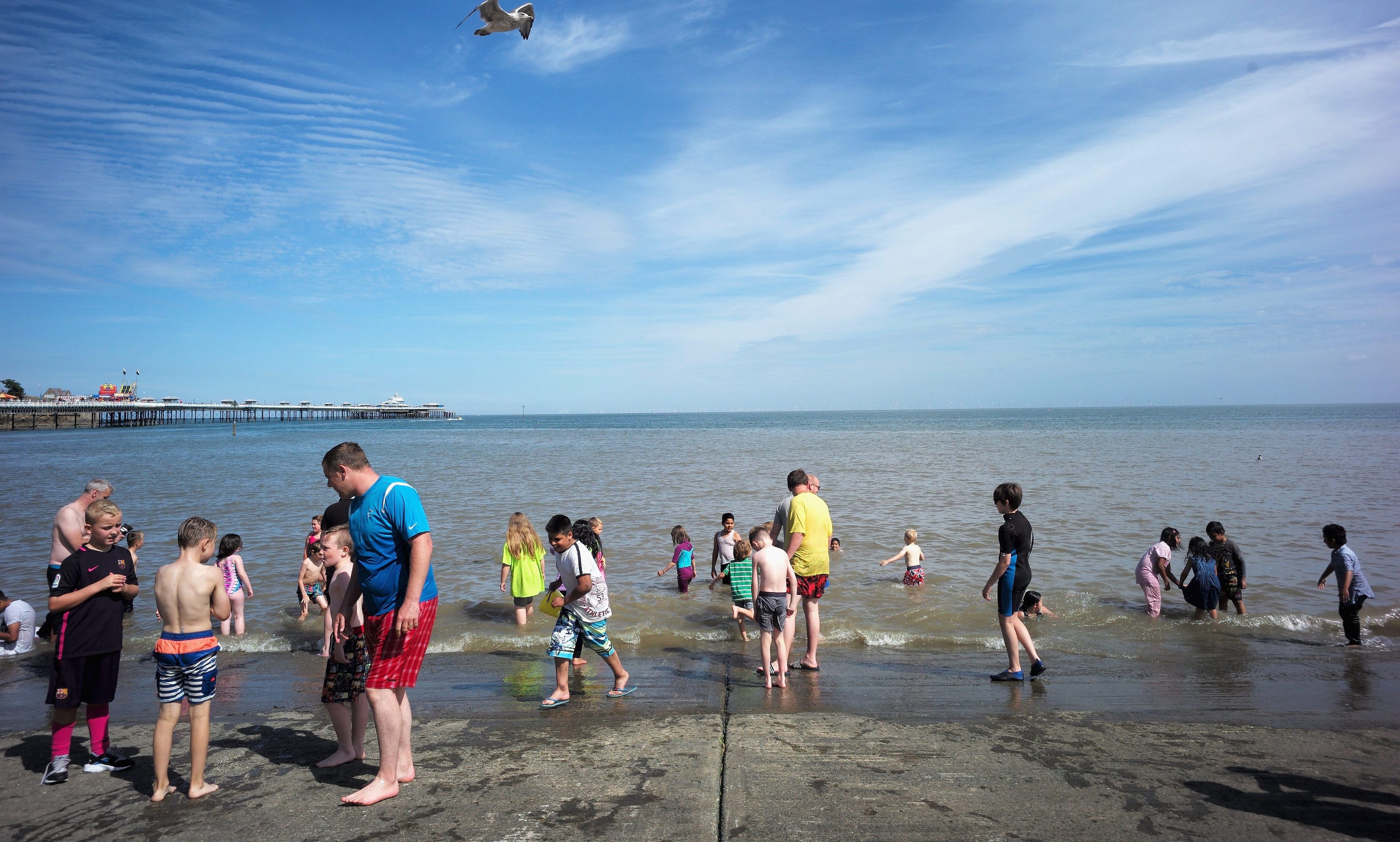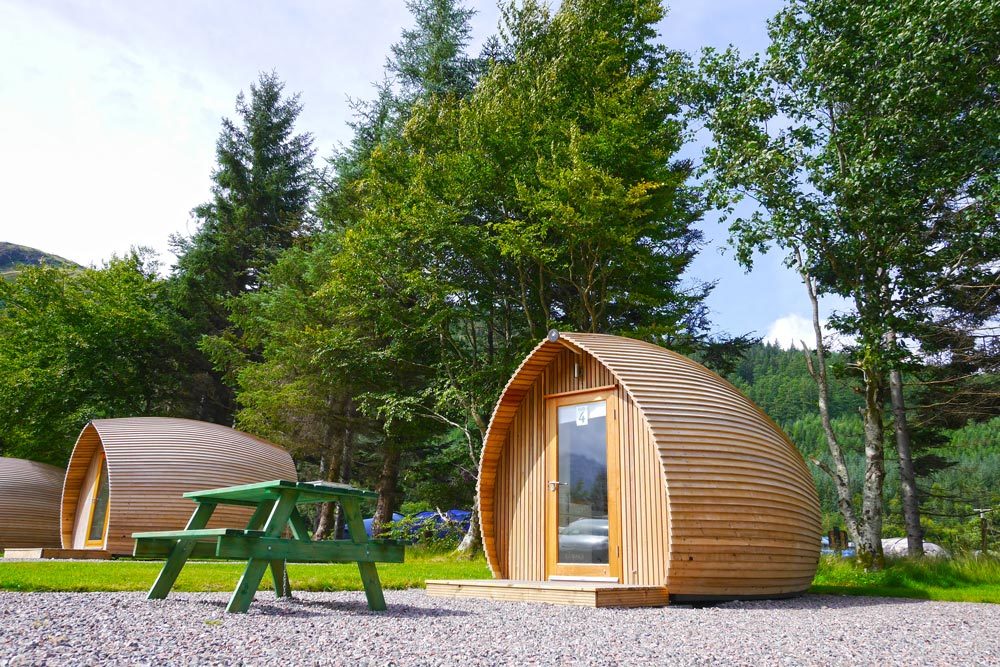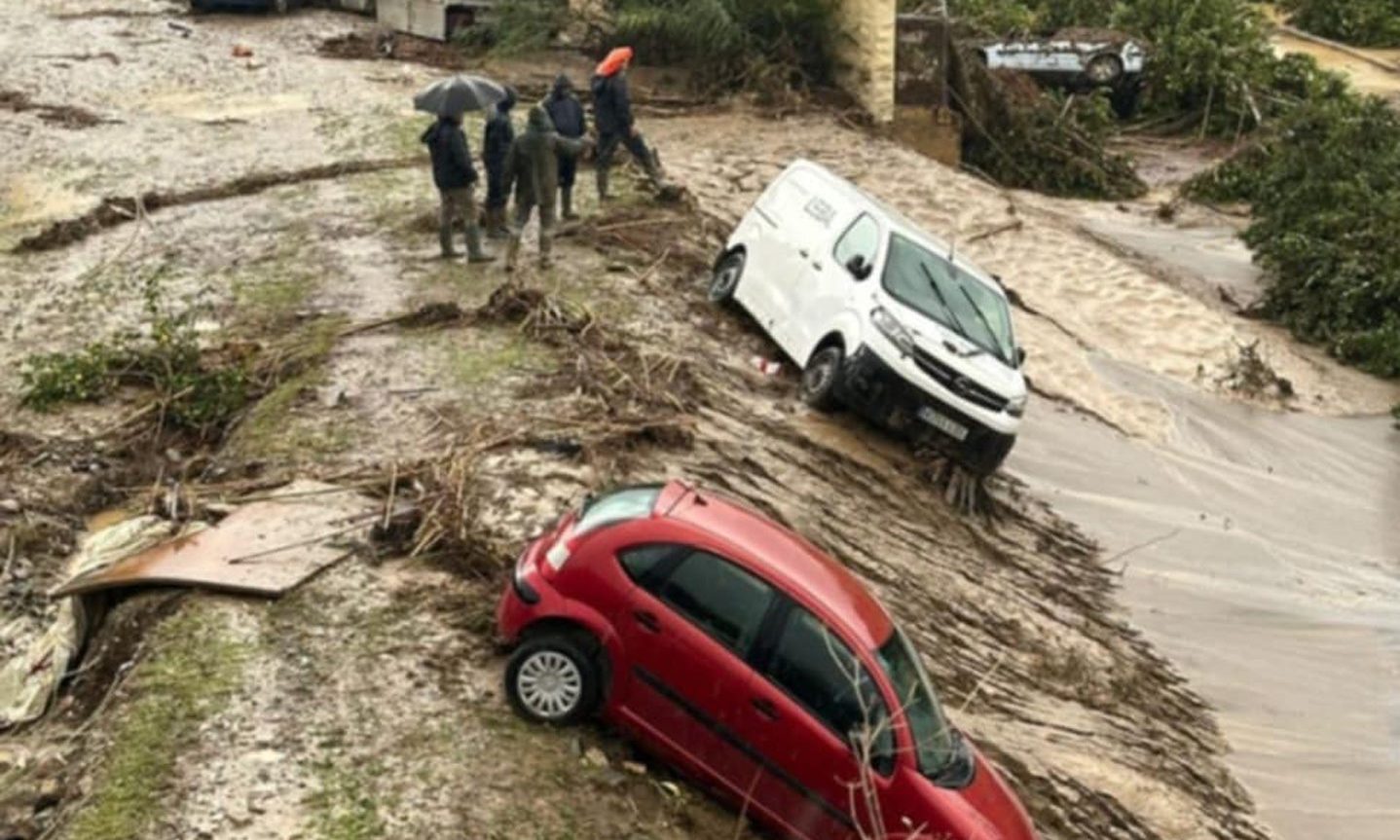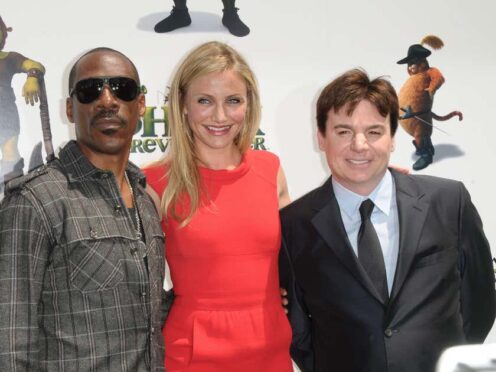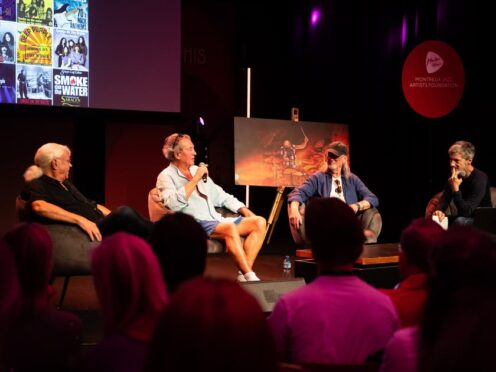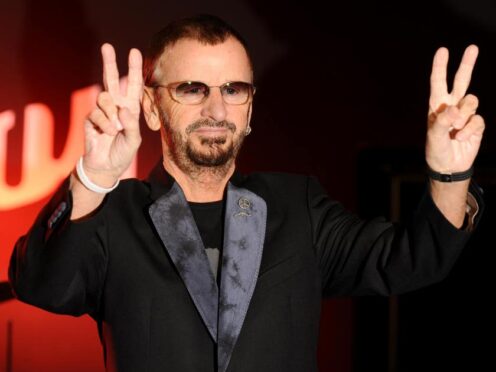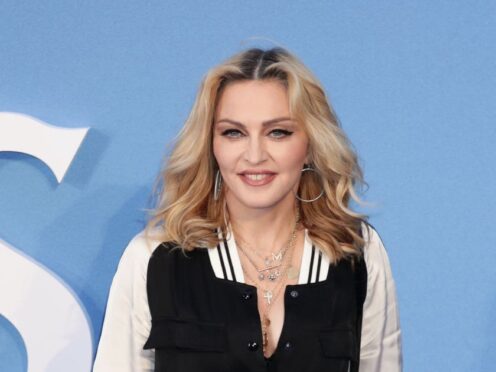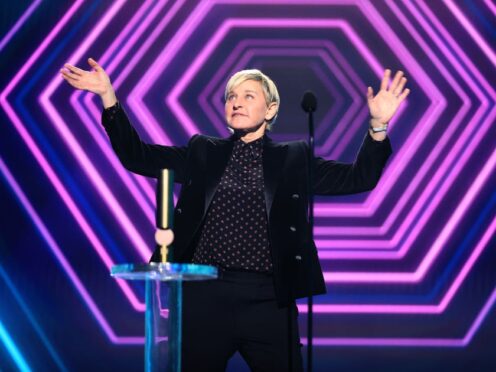The staycation economy has become one of the strongest in the UK as holidaymakers spend more time and money on local shores, according to a report.
Some 70% of UK adults have been on or are planning a staycation and are spending an average 6% more per holiday than a year ago, the survey from Barclays Business found.
The study revealed Britons were spending £22.1 billion on UK staycations, with the average amount spent per party increasing from £575 last year to £613.
The seaside was the most popular type of staycation, chosen by 46% of holidaymakers, followed by country breaks (40%), city breaks (36%), holidays with friends and family (25%) and visits to National Trust sites (21%).
August and September were the most popular months for staycationers.
When asked why they chose a staycation, 38% said they liked to explore their own country, 34% said they wanted fun experiences in the UK, 27% sought to cut down travel time and 22% said it was cheaper.
A fifth (19%) said they were remaining in the UK due to security concerns and terror attacks abroad.
Small and medium businesses in the UK’s accommodation and food services sectors have seen a 30% increase in turnover since 2012 to £50 billion, with growth 10% above the SME average to make the sector one of the strongest performers.
Turnover for SMEs in the accommodation and food services sector in the first half of this year is up 6.4% on the same period last year, with London seeing the greatest increase in the number of new businesses followed by the South East and the North West.
The South West has the highest share of turnover, tallying with Barclays Business figures showing that 32% of consumers choose to go to the region, making it the most popular staycation destination this year.
Adam Rowse, head of business banking at Barclays, said: “Brits are opting to spend their leisure time on UK shores and in turn it is boosting the takings of business in the tourism sector.
“With a weaker pound, UK SMEs are also likely to see a rise in overseas holidaymakers coming to the UK.
“With people spending more money on their Great British Getaway, this in turn presents a huge opportunity for business owners and the tourism industry to capitalise on the rise in domestic tourism.
“There is welcome growth for UK accommodation and food sectors who have adapted around seasonal volatility and come out fighting.”
